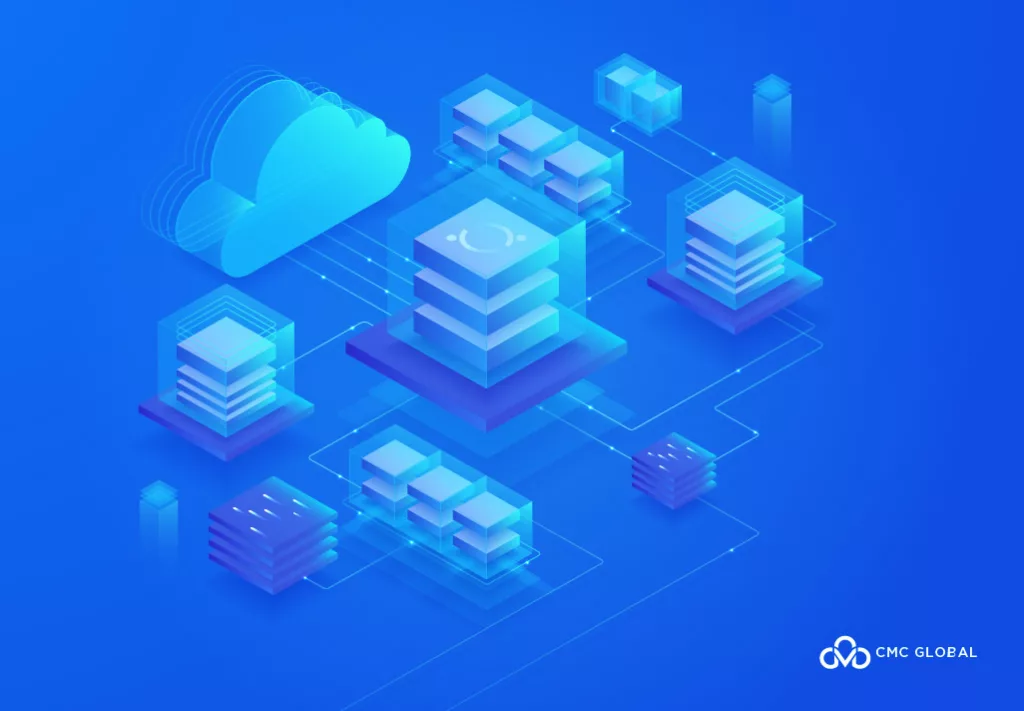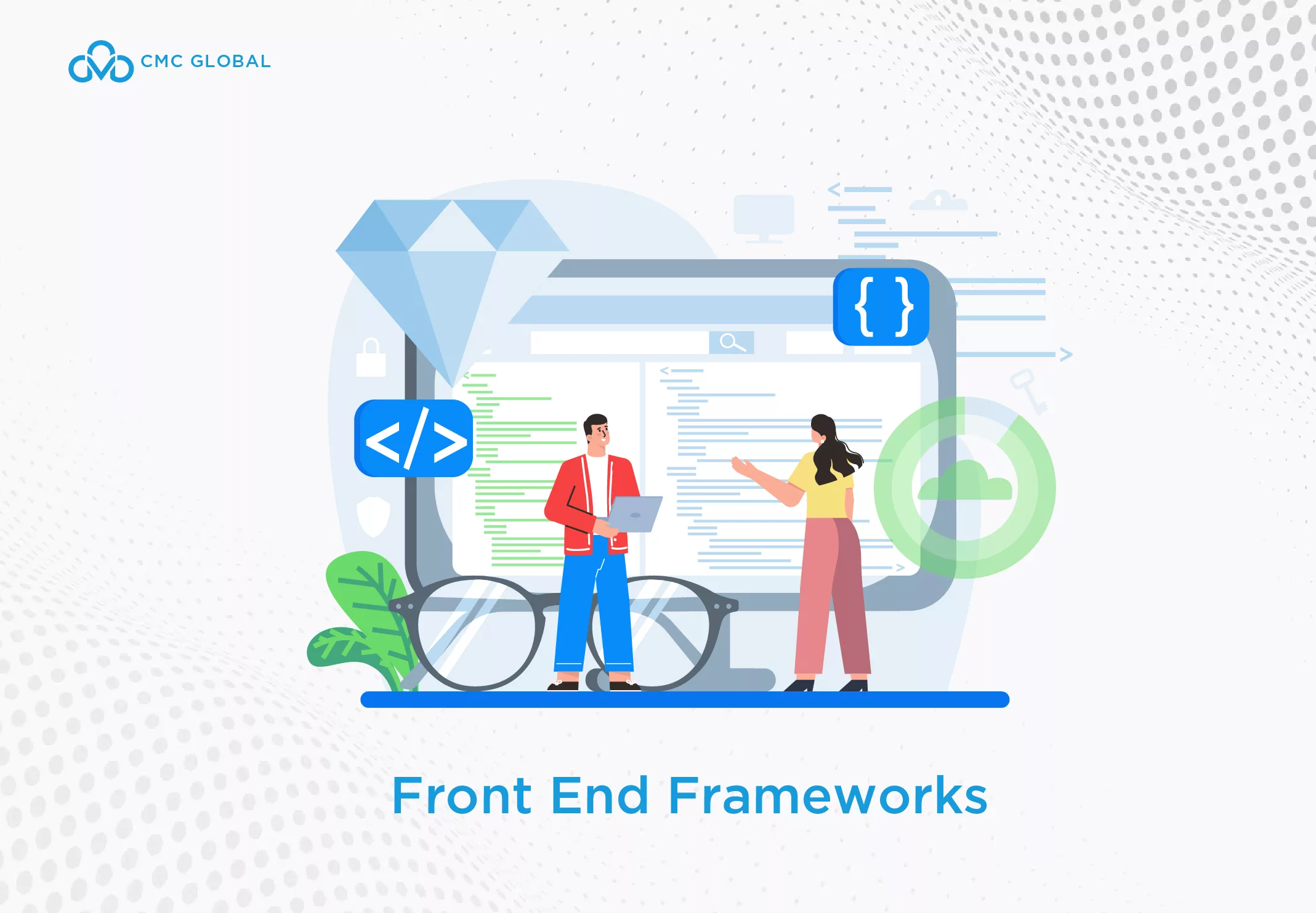One of the most important things when it comes to building a successful software product is choosing the right tech stack. It’s similar to building a house; there’s a lot going on behind the scenes. For instance, contractors use different building materials for different parts of the house such as concrete and sand for the foundation, metals, or concrete tiles for the roof, recycled steel, wood, or brick and blocks for beams and walls.
Building an application works the same way. There is a collection of building materials that you’ll need to use to build a functional and good-looking application that users love to use. In the world of software development, these building materials are called tech stacks. They are what breathe life into applications that we’re using today. In this article, we’ll share with you everything you need to know about tech stacks, as well as how they have an impact on an application’s design, functionality, and future ability to scale.
What is a Tech Stack?
A tech stack is basically a combination of programming languages, frameworks, libraries, and tools that come together that allow developers to build software faster and more efficiently.
For example, LAMP is a very popular tech stack, and it includes:
- A programming language – PHP
- A web server – Apache
- An operating system – Linux
- A database – MySQL or MariaDB
This stack is a powerful option for building dynamic applications for many different purposes. Although it is popular, LAMP is not the de facto standard by which all tech stacks are built. Today, developers need the ability to develop and deploy their software much faster than what a LAMP stack can offer, so they have added frameworks into tech stacks.
This is especially so in the modern, mobile age. Today, software engineers need the ability to develop and deploy their apps much faster than what a LAMP stack offers. That’s where the framework comes into play. A framework can make the work more efficient and less redundant.
The 6 Components of A Tech Stack
To understand tech stacks, you need to understand their building blocks of them. A typical tech stack of today can be broken down into seven different layers.
Operating systems/Programming Languages
This is the base layer on which everything else is built. For this layer, you need to choose an operating system and programming languages for your project. The operating system will mostly depend on the requirements of the other layers. Linux tends to be the operating system of choice for the base layer. The programming languages, on the other hand, are often determined by the project. You can use C++, Java, JavaScript, .NET, Ruby, Python, or any language that is best suited to your application.
Servers and Load Balancing
Here we have the layer that involves servers as the hardware/software for content distribution networks, caching services, routing, resource management, RBAC, and foundational services (such as storage, computing, and networking). This particular layer makes it possible for the software to receive requests from users and other applications, as well as run smoothly and scale as demand rises. AzureStack, which includes a load balancing component, is an example of this.
Data storage and data querying
This layer consists of relational and non-relational databases, as well as data warehouses, data lakes, and data pipelines. Without this layer, your applications can’t be dynamic in nature, nor can they store data for querying or usage.
The data layer depends upon input from data sources, which can come from various services such as Facebook, Twitter, user input, Google Analytics, Salesforce, and databases. Once this data layer receives the input data, it can then output information for business analytics.
Server-Side Layer
The server-side (or backend) layer adds much of the basic functionality necessary to build apps for the backend of your application. This will provide the components for things such as database communication, user request handling, and password resets. This layer is invisible to the end user and is the backbone of an application.
The key components of the server-side layer include programming languages like Python and Ruby, frameworks such as Ruby on Rails and Django, and the Node.js JavaScript runtime environment. The server-side layer can also include databases (such as MySQL) and web servers (such as Apache).
Client-Side Stack
The client-side layer (also known as the front end) is what the end-user sees displayed on their screens. This layer includes all of the necessary components to build the GUIs for your software, such as HTML, CSS, JavaScript, and the React and Angular frameworks. Some developers are full-stack developers, which means they can handle both server-side and client-side development.
API
APIs are not really a separate layer on their own, but they are a crucial component in a stech stack because they connect all other layers together and get them to function. APIs are often pre-built and are broken into 2 layers, one for services and the other for infrastructure.
Monitoring Tools and Services
As you build up your stack (or use a pre-built), you’ll need the necessary tools and services to monitor the health and performance of these layers. You might do well with only monitoring the performance of the software as a whole, but you also might find it necessary to monitor some of the individual layers. You might need to put a specific monitor on your server-side layer, your data storage layer, or your operating system layer.
The data you receive from monitoring those individual layers can be valuable for tuning the performance of each individual piece, and you can tweak your stack to be as performant as possible. This will in turn make it possible for you to optimize your application as a whole more consistently and reliably.
What Are The Most Popular Tech Stacks?
There’s no absolute answer to this question because it depends on the nature of a given project. There are a number of popular tech stacks that developers rely on for their different projects. Let’s take a look at what they are and when you should use them.
MEAN
The MEAN stack is one of the most widely-used stacks for building dynamic websites and web apps. This stack is centered around Java and consists of:
- MongoDB – database
- Angular.js – frontend framework
- Express.js – backend framework
- Node.js – cross-platform server
The reason why MEAN is popular is because of its Java-centered nature. This means your developers just have to focus on a single language (instead of handling together numerous languages for a single project). This makes it faster and easier to build apps and services, such as:
- Tools for workflow management
- News aggregation sites
- Expense tracking apps
- To-do and calendar apps
- Mapping and location apps
- Interactive forums
MEAN enables you to create scalable, cloud-native applications with a streamlined development lifecycle using a single language. Your MEAN-based apps, with the help of MongoDB, can work with large amounts of data, so it’s perfectly suitable for enterprise-sized businesses. Finally, because MEAN has a built-in web server, deployment is relatively simple.
MEVN
MEVN is similar to MEAN, but it replaces Angular.js with Vue.js. Why is that? Vue.js is considered a great language for both front- and back-side development as it makes it very easy to build dynamic user-facing web applications. The biggest advantage to MEVN over MEAN is that JavaScript is used at every stage of development (instead of Java), which allows developers to deploy web-based applications incredibly fast.
What MEVN stands for is:
- MongoDB – database
- Express.js – backend framework
- Vue.js – frontend framework
- Node.js – cross-platform server
For developers looking to deploy front-end web applications at speed, MEVN is the stack to use. Thanks to Vue.js’s ability to work with third-party services, MEVN is quite flexible and can provide the best of both the Angular and React worlds. Your web applications will enjoy a remarkable performance with the addition of Vue.js..
The two main advantages of the MEVN stack are 1) it uses JavaScript through the entire development lifecycle and 2) it has a more clear-cut client- vs server-side construction. As Vue.js is easier to use than Angular, your developers will have an easier time delivering a tight deadline with this stack.
MERN
MEARN is another stack that is similar to MEAN; the difference is it replaces the Angular.js frontend framework with React. Since React is one of the most popular frameworks for creating single-page mobile apps, you can be certain that MERN is one of the top stacks for mobile app development.
MERN is the abbreviation for:
- MongoDB – database
- Express.js – backend framework
- React – front-end framework
- Node.js – cross-platform server
MERN brings a similar advantage as MEAN does because it uses JavaScript throughout the development lifecycle. Thanks to React, it’s possible to build incredibly performant front-end applications. Finally, React is used by some of the largest websites in the world, such as Facebook and Dropbox, so it’s highly capable of satisfying the needs of any sized company.

LAMP
We’ve already talked about the LAMP stack, but it’s worth mentioning it again in this list, because of how widespread and important this stack is. The LAMP stack is made up of:
- Linux – operating system
- Apache – web server
- MySQL (or MariaDB) – database
- PHP – CGI language
The LAMP stack is usually the base stack used for WordPress websites. It’s also possible to replace various components. For instance, you could replace Linux with Windows to make a WAMP stack or with macOS to make a MAMP stack. You can use Perl or Python for PHP. But no matter how you want to put together the stack combination, it’s one of the most popular web server stacks in the world and is being used by millions of websites.
Meteor.js Stack
Meteor.js Stack is an open-source web development stack. It focuses entirely on JavaScript to make app development much more efficient. With Meteor.js you can build desktop, mobile, and web apps and integrate them with various frameworks and tools. The one downfall of Meteor.js is that it is only compatible with the MongoDB NoSQL database, so you must be able to use that tool to successfully develop software with this stack.
The advantage of Meteor.js is that it allows you to write apps with significantly less code than other tech stacks. Meteor.js also enables you to build highly scalable applications. Other advantages are:
- Incredibly simple to use
- Real-time testing tools
- Seamless communication between the client and server
- Plenty of packages and libraries to work with
- Outstanding debugging features
Serverless
You might not think serverless is a stack, but it is. But what is serverless? Basically, it’s the cloud. Anytime you build cloud-native applications on platforms such as AWS, Google Cloud, and Azure, that’s serverless you’re working with. These third-party cloud providers offer full stacks, which will come with everything you need to build and deploy.
The main advantages of going serverless are:
- It’s cost-effective
- It offers massive scalability
- You don’t have to be concerned about provisioning hardware
JAMstack
JAMstack is not nearly as popular as the other stacks in this list, but it’s getting more and more useful for modern web development.
JAM is:
- JavaScript
- APIs
- Markup
JAMstack is made specifically for developing websites. What’s important to understand about JAMstack is that development is completely disconnected from hosting. Due to this, you can create websites within your environment of choice, and then any changes made to the development are then deployed to a static site generator or CDN. Once the development is deployed, the new site is generated.
JAMstack is a great choice for building fast static websites and even automating the process (in a similar fashion as you would in CI/CD). It’s worth noting that you can choose the components you prefer for each section (such as Elastic for API, React for JavaScript, and Gatsby for Markup). This makes JAMstack quite flexible.
DIY
Although there are many pre-built tech stacks on the market, you might not always find one that suits your needs. This is where DIY, Do It Yourself, comes into play. With the many ingredients available, you can put together a custom tech stack that provides you with what you need. Maybe your project needs a LAMA stack: Linux, Apache, MongoDB, or Angular. Or perhaps it’s all about the JAN stack (JavaScript, Apache, Node.js). You can even go for a LAN stack (Linux, NGINX, Node.js).
The beauty of tech stacks is that they are not immutable. In fact, there’s no limit with regard to the stacks you can come up with. However, if DIY is the route that you wanna go, it’s absolutely essential that you know what you need the stack to do, how the components can communicate with one another, and how the stack can deliver in terms of reliability, scalability, uptime, and flexibility.
If you were to put together your own stack, only to realize in the middle of the project that the stack won’t work, you will be back at square one. In the world of modern computing, going backward is akin to implosion. Your team must always be able to move forward. If you want to walk the DIY stack route, make sure you can do it properly, and it will serve your needs well.
Final Words
Tech stacks have been around for a very long time. Over the years they have evolved into very specialized tools that help make the jobs of developers easier while making it possible for businesses to deploy massively scalable, user-friendly applications that the end user can use to interact with your brand.
The most important thing you should understand about tech stacks is that they make it possible for developers to take advantage of pre-built software, so they don’t have to reinvent the wheel every time they carry out a new project. Thanks to tech stacks, application development is seeing one of the fastest and largest periods of growth in history.
If your company doesn’t have the expertise to execute your web application development project in-house, it’s best to find a service provider to help you.
CMC Global is among the top three IT outsourcing services providers in Vietnam. We operate a large certified team of developers, providing a wide variety of stacks, to help you build your web application in the most cost-effective way and in the least amount of time.
For further information, fill out the form below, and our technical team will get in touch shortly to advise!




